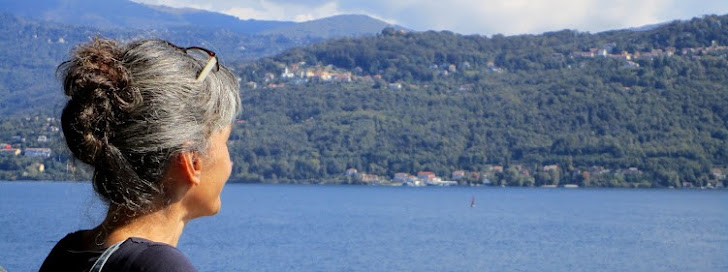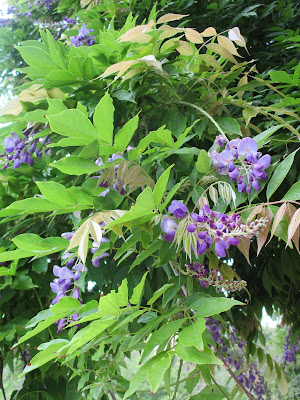
"The person figured here is not an autonomous, rational actor but an unfolding, shifting biography of culturally and materially specific experiences, relations, and possibilities inflected by each next encounter (...) in uniquely particular ways." (Lucy Suchman, Human-machine reconfigurations: plans and situated actions, 2009, 281)
Jun 25, 2023
Jun 24, 2023
Jun 21, 2023
June
"Women have been the weavers of tales and tapestries. For centuries, they have unspooled their stories as they spun or threw the shuttle on their loom. They were the first to capture de universe as warp and weft. They knotted together their joys, hopes, sorrows, fears, and most private beliefs. (...) They interlaced verbs, yarn, adjectives, and silk. This is why text and textile share so many words (...)." Irene Vallejo (2022). Papyrus: the invention of books in the ancient world. Photo by Monica Pinheiro, free to use if you respect the license CC BY-NC-SA (CC).
Jun 8, 2023
June
Estimates suggest that a garden of 1,000 square meters could sequester one ton of carbon dioxide (CO2) per year [see entry from November, 2019]. Miyawaki forests, or tiny forests, are even more efficient sequestering CO2 due to their greater biodiversity and vegetation density. I wonder how much CO2 am I sequestering in my little páteo high density forest (around 25 square meters)?
Even small, little apartment forests help to clean the air, reduce water runoff, lower heat, feed bees, attract birds (and free manure!), reduce the garbage produced (by composting and mulching), lowers stress, brightens the day and fills the space with ever-changing beauty.
Unlike «things», Nature does not repeat itself. One never knows what flower will open next, what new plant will show up, or what culprit will eat the fruits that we longed for :)
May 2023 photo by Monica Pinheiro, free to use if you respect the license CC BY-NC-SA (CC).
by
Monica Pinheiro
0
comments
 Labels:
beyond growth,
carbon dioxide,
carbon sink,
estimates,
garden,
small forest
Labels:
beyond growth,
carbon dioxide,
carbon sink,
estimates,
garden,
small forest
Subscribe to:
Posts (Atom)




.JPG)